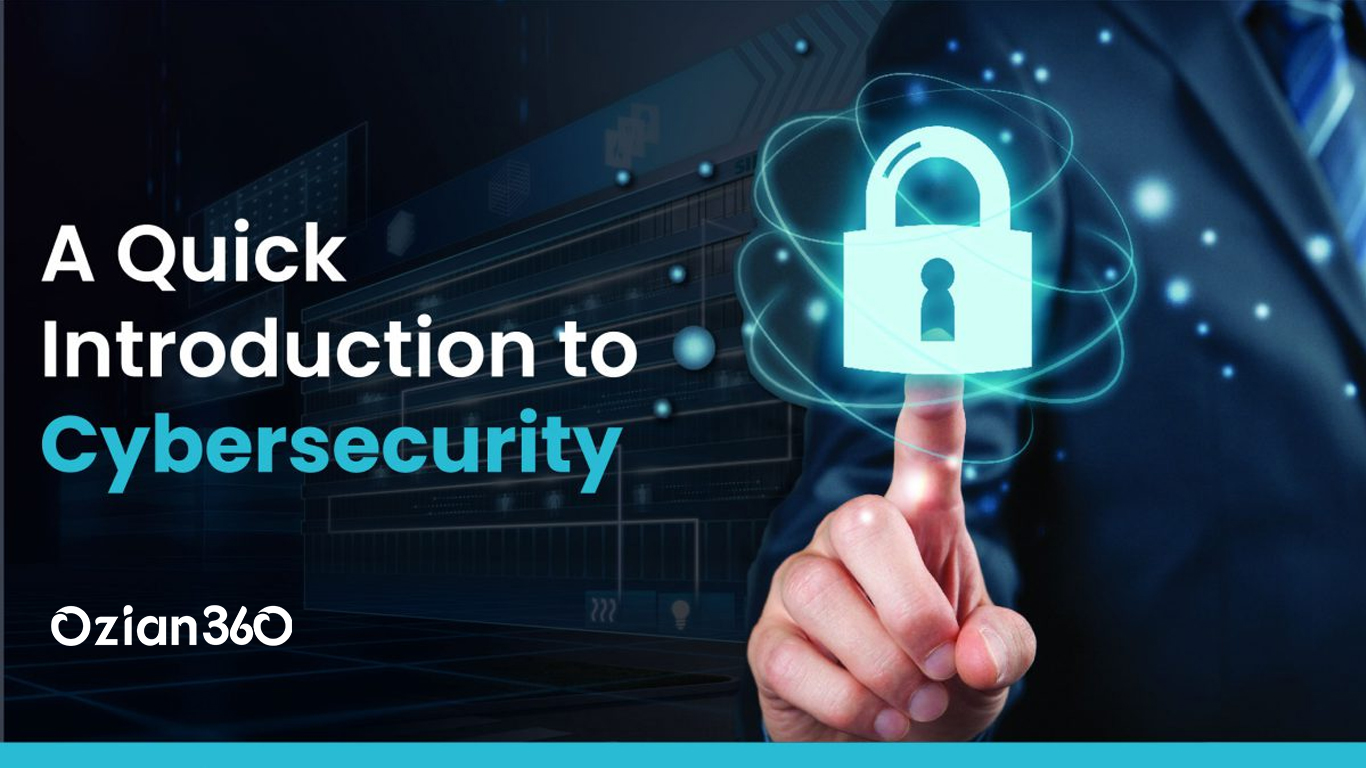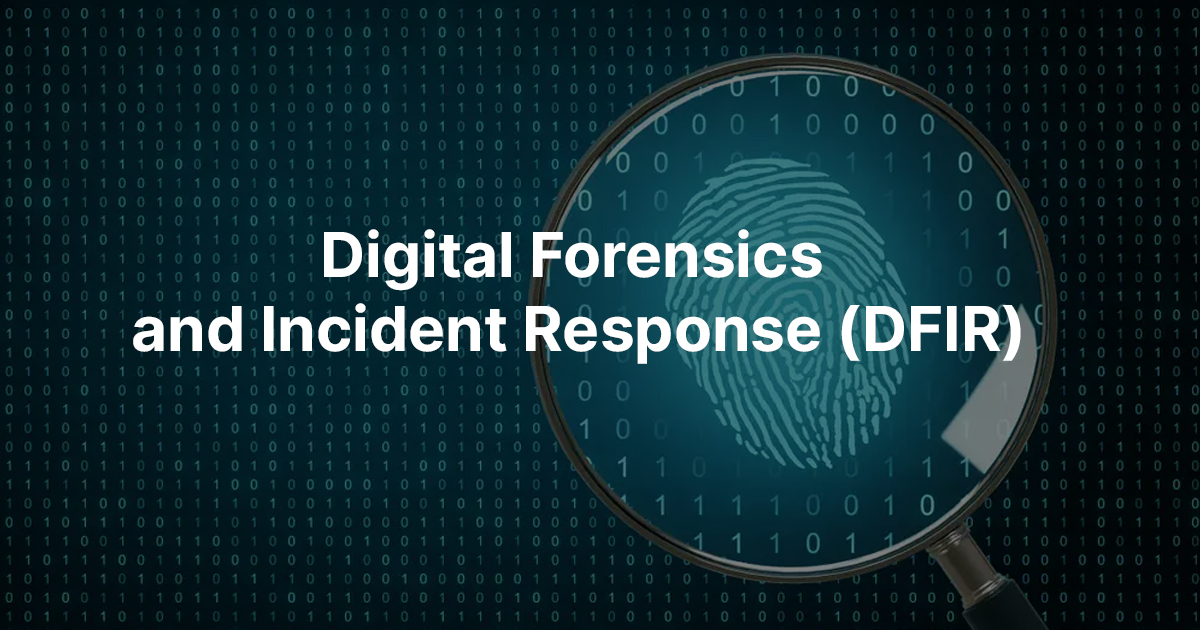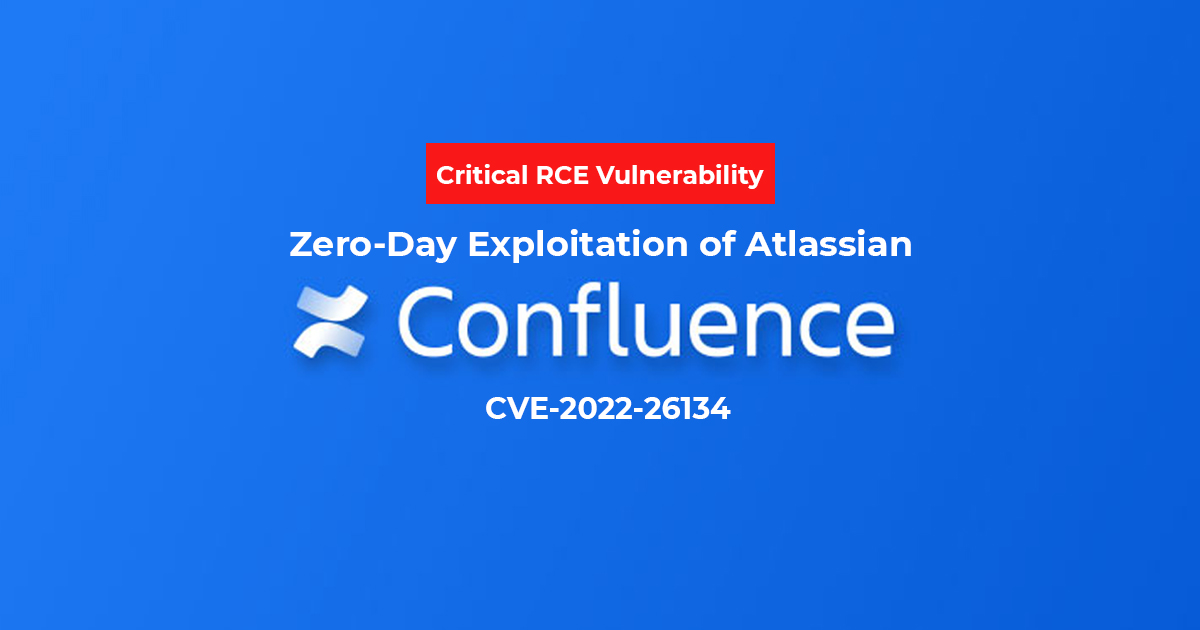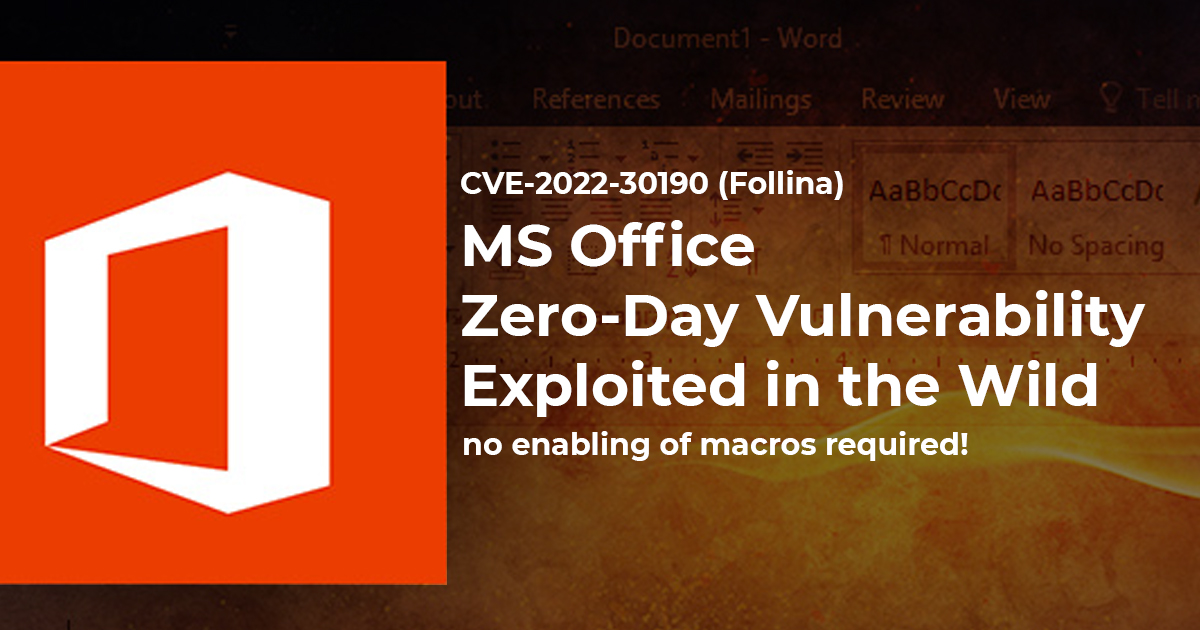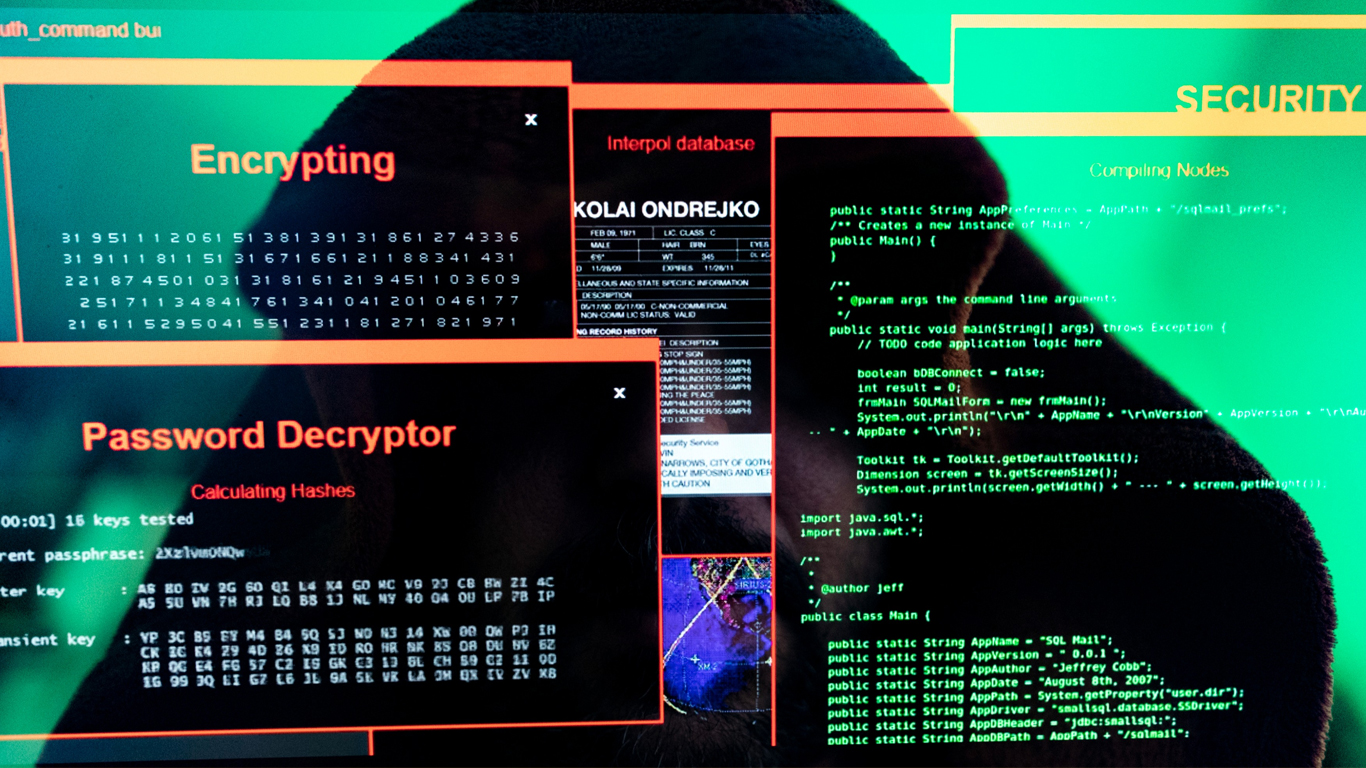What is Cyber Security and Why is it Important?
Cybersecurity is the practice of protecting critical systems and sensitive information from digital attacks. Also known as information technology (IT) security, cybersecurity measures are designed to combat threats against networked systems and applications, whether those threats originate from inside or outside of an organization.
In 2020, the average cost of a data breach was USD 3.86 million globally, and USD 8.64 million in the United States. These costs include the expenses of discovering and responding to the breach, the cost of downtime and lost revenue, and the long-term reputational damage to a business and its brand. Cybercriminals target customers’ personally identifiable information (PII) — names, addresses, national identification numbers (e.g., Social Security number in the US, fiscal codes in Italy), and credit card information — and then sell these records in underground digital marketplaces. Compromised PII often leads to a loss of customer trust, the imposition of regulatory fines, and even legal action.
Security system complexity, created by disparate technologies and a lack of in-house expertise, can amplify these costs. But organizations with a comprehensive cybersecurity strategy, governed by best practices and automated using advanced analytics, artificial intelligence (AI) and machine learning, can fight cyberthreats more effectively and reduce the lifecycle and impact of breaches when they occur.
Cybersecurity domains
A strong cybersecurity strategy has layers of protection to defend against cyber crime, including cyber attacks that attempt to access, change, or destroy data; extort money from users or the organization; or aim to disrupt normal business operations. Countermeasures should address:
- Critical infrastructure security – Practices for protecting the computer systems, networks, and other assets that society relies upon for national security, economic health, and/or public safety. The National Institute of Standards and Technology (NIST) has created a cybersecurity framework to help organizations in this area, while the U.S. Department of Homeland Security (DHS) provides additional guidance.
- Network security – Security measures for protecting a computer network from intruders, including both wired and wireless (Wi-Fi) connections.
- Application security – Processes that help protect applications operating on-premises and in the cloud. Security should be built into applications at the design stage, with considerations for how data is handled, user authentication, etc.
- Cloud security – Specifically, true confidential computing that encrypts cloud data at rest (in storage), in motion (as it travels to, from and within the cloud) and in use (during processing) to support customer privacy, business requirements and regulatory compliance standards.
- Information security – Data protection measures, such as the General Data Protection Regulation or GDPR, that secure your most sensitive data from unauthorized access, exposure, or theft.
- End-user education – Building security awareness across the organization to strengthen endpoint security. For example, users can be trained to delete suspicious email attachments, avoid using unknown USB devices, etc.
- Disaster recovery/business continuity planning – Tools and procedures for responding to unplanned events, such as natural disasters, power outages, or cybersecurity incidents, with minimal disruption to key operations.
Dangerous cybersecurity myths
The volume of cybersecurity incidents is on the rise across the globe, but misconceptions continue to persist, including the notion that:
- Cybercriminals are outsiders. In reality, cybersecurity breaches are often the result of malicious insiders, working for themselves or in concert with outside hackers. These insiders can be a part of well-organized groups, backed by nation-states.
- Risks are well-known. In fact, the risk surface is still expanding, with thousands of new vulnerabilities being reported in old and new applications and devices. And opportunities for human error – specifically by negligent employees or contractors who unintentionally cause a data breach – keep increasing.
- Attack vectors are contained. Cybercriminals are finding new attack vectors all the time – including Linux systems, operational technology (OT), Internet of Things (IoT) devices, and cloud environments.
- My industry is safe. Every industry has its share of cybersecurity risks, with cyber adversaries exploiting the necessities of communication networks within almost every government and private-sector organization. For example, ransomware attacks (see below) are targeting more sectors than ever, including local governments and non-profits, and threats on supply chains, “.gov” websites, and critical infrastructure have also increased.
Common cyber threats
Although cybersecurity professionals work hard to close security gaps, attackers are always looking for new ways to escape IT notice, evade defense measures, and exploit emerging weaknesses. The latest cybersecurity threats are putting a new spin on “known” threats, taking advantage of work-from-home environments, remote access tools, and new cloud services. These evolving threats include:
Malware
The term “malware” refers to malicious software variants—such as worms, viruses, Trojans, and spyware—that provide unauthorized access or cause damage to a computer. Malware attacks are increasingly “fileless” and designed to get around familiar detection methods, such as antivirus tools, that scan for malicious file attachments.
Ransomware
Ransomware is a type of malware that locks down files, data or systems, and threatens to erase or destroy the data – or make private or sensitive data to the public – unless a ransom is paid to the cybercriminals who launched the attack. Recent ransomware attacks have targeted state and local governments, which are easier to breach than organizations and under pressure to pay ransoms in order to restore applications and web sites on which citizens rely.
Phishing / social engineering
Phishing is a form of social engineering that tricks users into providing their own PII or sensitive information. In phishing scams, emails or text messages appear to be from a legitimate company asking for sensitive information, such as credit card data or login information. The FBI has noted about a surge in pandemic-related phishing, tied to the growth of remote work.
Insider threats
Current or former employees, business partners, contractors, or anyone who has had access to systems or networks in the past can be considered an insider threat if they abuse their access permissions. Insider threats can be invisible to traditional security solutions like firewalls and intrusion detection systems, which focus on external threats.
Distributed denial-of-service (DDoS) attacks
A DDoS attack attempts to crash a server, website or network by overloading it with traffic, usually from multiple coordinated systems. DDoS attacks overwhelm enterprise networks via the simple network management protocol (SNMP), used for modems, printers, switches, routers, and servers.
Advanced persistent threats (APTs)
In an APT, an intruder or group of intruders infiltrate a system and remain undetected for an extended period. The intruder leaves networks and systems intact so that the intruder can spy on business activity and steal sensitive data while avoiding the activation of defensive countermeasures. The recent Solar Winds breach of United States government systems is an example of an APT.
Man-in-the-middle attacks
Man-in-the-middle is an eavesdropping attack, where a cybercriminal intercepts and relays messages between two parties in order to steal data. For example, on an unsecure Wi-Fi network, an attacker can intercept data being passed between guest’s device and the network.
Cybersecurity and Ozian360
We offer number of Cybersecurity services and consulting solution, please visit our dedicated page and reach out to us if you have any questions
Cybersecurity
